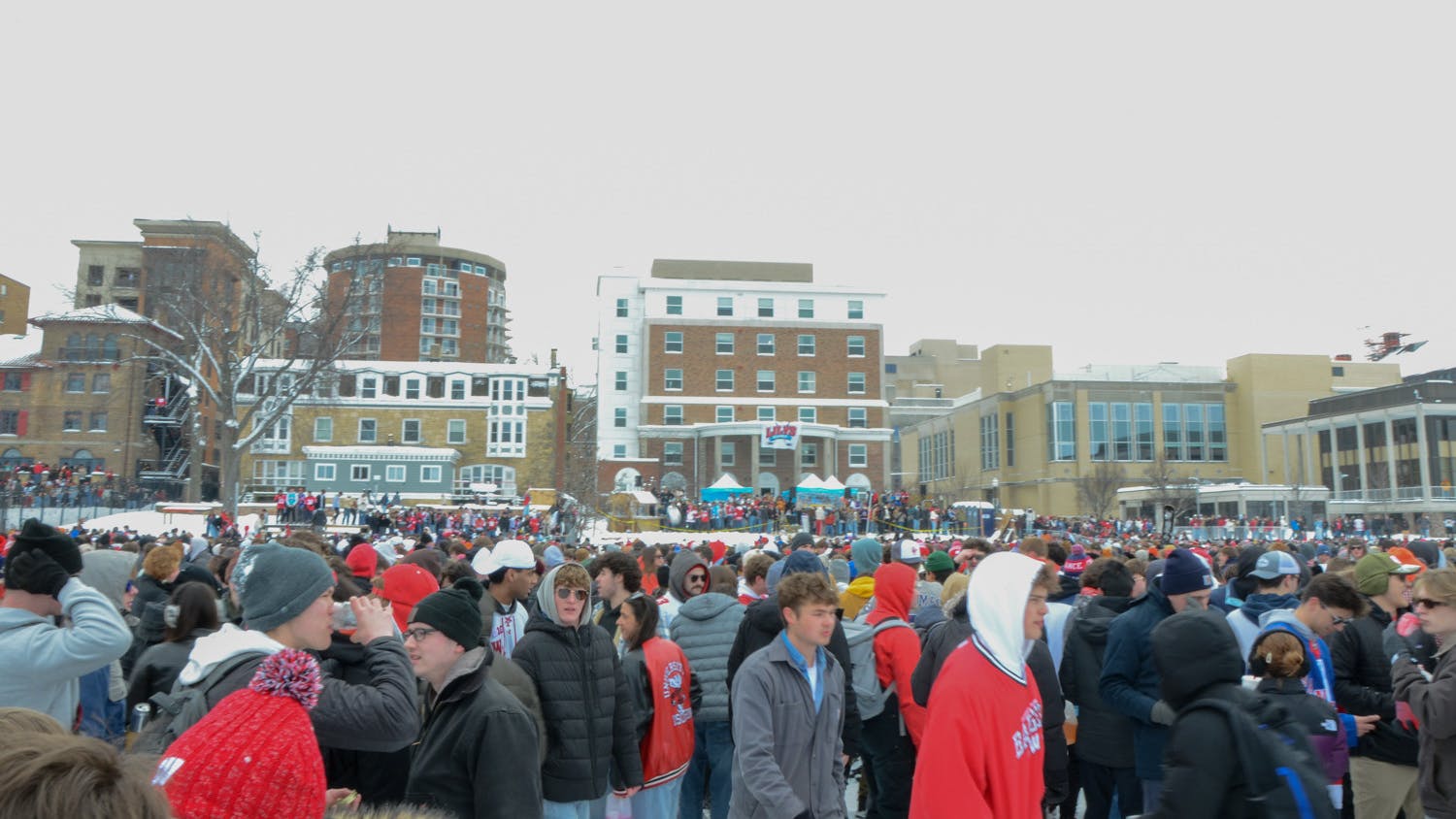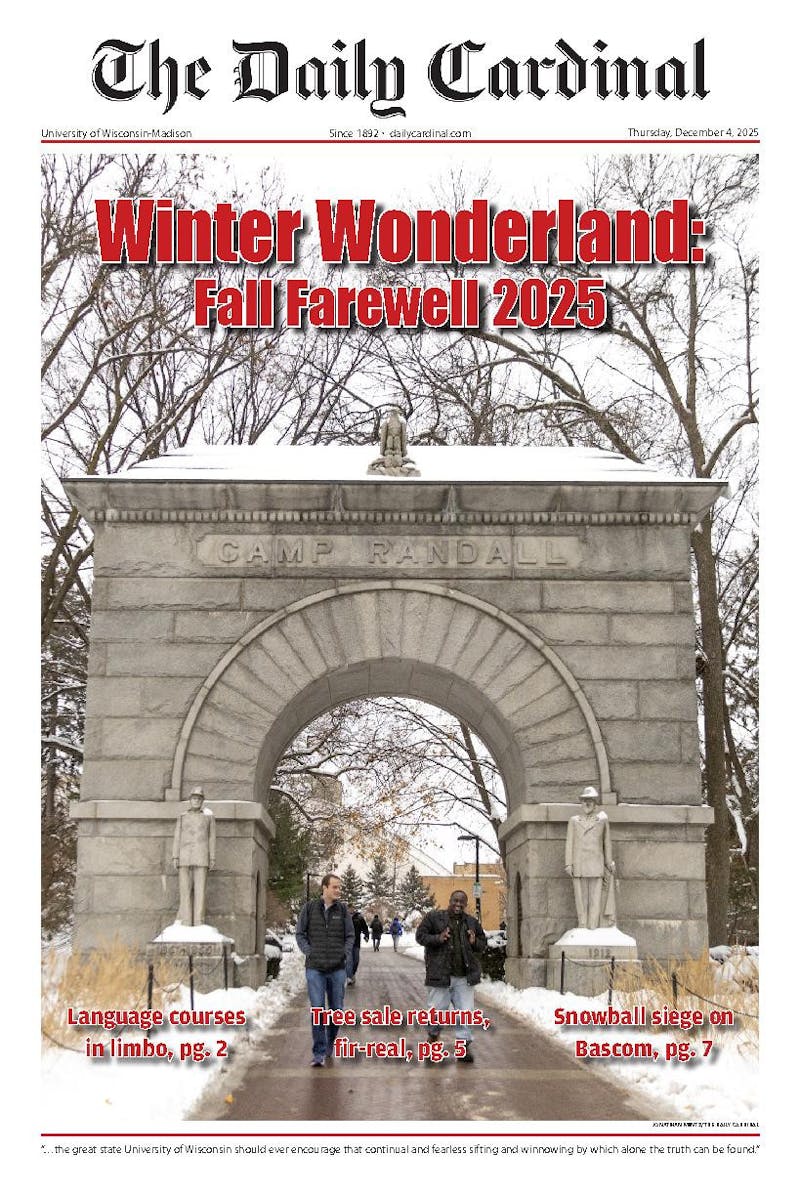Madison's architectural future holds not only streetcars and potential skyscrapers, but also shared desire of architects and city officials for an integration of residential and commercial ways of life.
The many possible changes in store for the city are a part of Mayor Dave Cieslewicz's proposed 10-year physical improvement project that will be proposed as a part of the city's budget this fall.
George Twigg, spokesperson for the mayor, said Madison is caught between the identity of a small town and a city.
\We're not necessarily a sleepy Midwestern college town anymore,"" he said. ""We are a community that's growing population-wise at a fairly rapid clip.""
Twigg also said the struggle is to create places not only for people to live but also to work and shop.
Capital Fitness owner Erik Minton is looking to solve this problem.
He developed a plan for an $11 million, nine-story, mixed-use development with a state-of-the-art fitness center, commercial space, housing and parking on the 400 block of West Washington Avenue.
""[These are] things that would add to the quality of life downtown and add to the livability downtown as an urban center,"" Minton said.
Among other proposed buildings in Madison's future is a 27-story building named Archipelago Village designed by George Brink.
While Twigg said 27 stories is a lot taller than the mayor would support, it is a provocative idea that forces the city to think about what kind of growth the city wants.
""If we don't support sprawl, the alternative is high density, but then the question becomes how dense we want to be,"" he said.
Twigg said a city like Washington D.C., should be considered, because it has taller buildings that must remain within the capitol high-view limit.
Bill Fruhling, the city's principle planner, said it is crucial to keep the capitol view, because it is something that is unique about Madison and important to preserve.
However, he said Madison's architectural future is headed upward.
""We've seen a trend over the last few years of buildings that are taller and more intense in terms of use than historically been the case,"" Fruhling said. ""Those envelopes keep getting pushed further and further out.""
The look of the city may also change transportation-wise, with a new streetcar system proposed by Mayor Dave Cieslewicz.
Twigg said streetcars would increase riders on Madison's public transportation system and help downtown business.
""The mayor went to Portland, [Ore.] to look at their program, and they found it supported a lot of downtown urban renewal developers who bought land and constructed new housing and retail,"" he said. ""It's an amenity that people would be attracted to.""
The 10-year plan comes in accordance with Madison's sesquicentennial next April.
Cieslewicz asks Madison residents to share their feelings on his initiative to help shape the city for the next 150 years and beyond.
See tomorrow's issue of the Daily Cardinal for a preview of campus architecture in the years to come.





